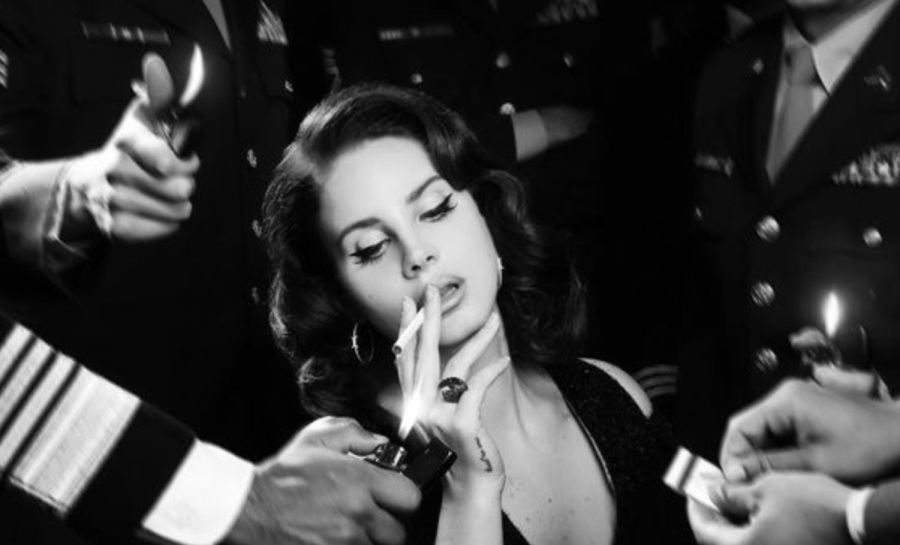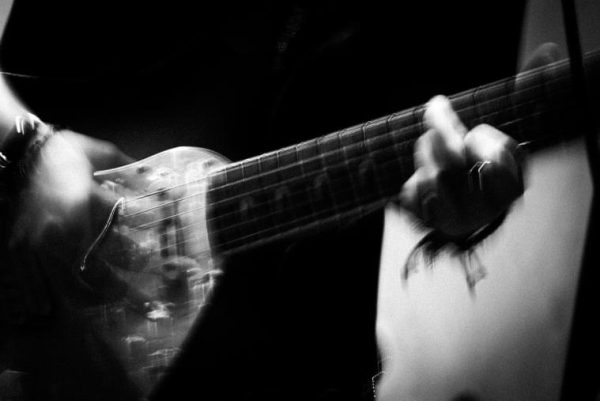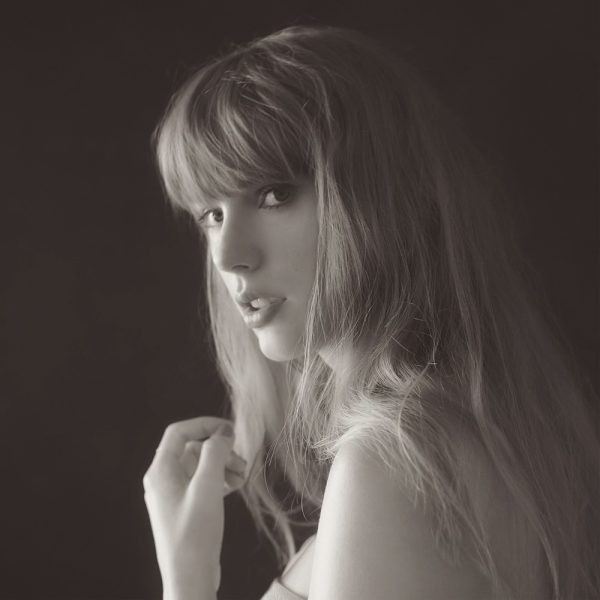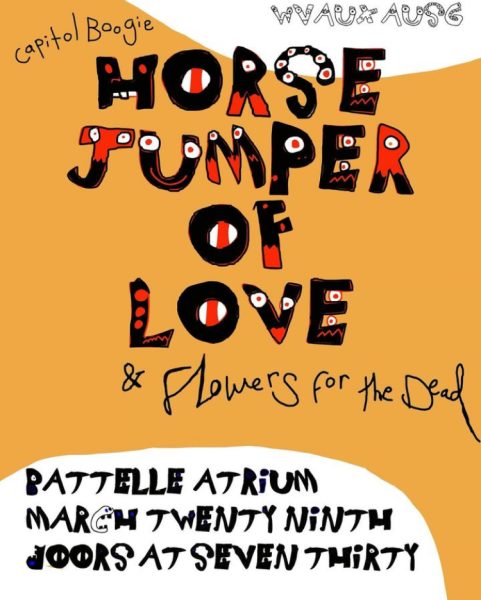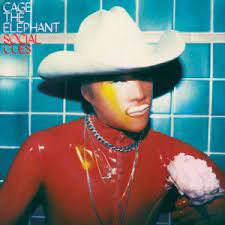That’s So Lana Del Rey Vinyl: The Commodification of Artists’ Aesthetics
Elegant perfume bottles, red lipstick, pastel pink floral sheets, dainty lingerie, and novels following the trials and tribulations of unlikable female characters: these are all objects that have come to be associated with the musician Lana Del Rey. When scrolling on TikTok, the audio saying, “this is so Lana Del Rey Vinyl,” in combination with the aforementioned visuals, connects the persona of Lana Del Rey to material goods. These images highlight the power of an artist like Lana Del Rey to cultivate an obsession with aesthetics.
Lana Del Rey, the stage persona of Lizzie Grant, rose to prominence in 2012 with her alternative breakout album Born To Die. Serving as a love letter to Americana, Born To Die aestheticized the experience of rural, middle class America. Del Rey found glamor in the mundane—and often outright unglamorous—aspects of life: ranging from things like gas stations and motorcycles to more serious matters such as tumultuous relationships with older men, depression, and drugs. Through sorrowful, melancholic, and melodramatic ballads, Del Rey transported her listeners to a world where everything was glamorous. Tumblr users in 2012 could hardly scroll through their feeds without being barraged with aestheticized images of Lana Del Rey in flower crowns, daisy dukes, or 60’s negligee; or, conversely, Del Rey with bearded older men or smoking cigarettes.
While the supremacy of Tumblr has fallen, the aestheticization of Del Rey has endured a decade, now most visible through TikTok. Things that are “so Lana Del Rey vinyl” generally include hyperfeminine, coquette, girly accessories—emphasizing the enduring association between music and physical objects. Even the most ordinary objects, like bed sheets, have come to be associated with Del Rey. Many have begun to criticize this association: why must the music we listen to be tied to physical objects? Critics argue that this can lead to a loss of identity if an individual is constantly obtaining more material goods to reach an aestheticized form of existence. Material possessions—as pretty as they may be—cannot overshadow the often depressing weight of human emotions and experiences.
Thus, TikTok users have begun to satirically use the “that’s so Lana Del Rey vinyl” audio to showcase objects that are less than glamorous, like a half-smoked burnt cigarette on the concrete. Ironically enough, Del Rey herself often highlighted these undesirable aspects of life through her music, but in combination with her conventional beauty and highly aestheticized persona, the undesirable parts were overshadowed by fans’ desire for her physically beautiful life.
However, this problem does not start or end with Del Rey. Other musicians have also cultivated aesthetics that fans try to replicate through material goods, such as Harry Styles’s fans recreating his iconic looks with feather boas or leather pants. This phenomenon speaks to a larger issue in American society: an obsession with celebrity and consumerism. For musicians specifically, they can cultivate a persona through their stylistic choices—in fashion, promotional artwork, music videos, lyrics, instrumentals, etc. These stylistic choices become the celebrity’s brand, and fans who admire them want to feel close to them and their seemingly glamorous life. Material goods are an easy way to obtain this feeling: if fans purchase more they can be like their favorite artist and escape their mundane, non-celebrity existence. Music, and the aesthetics it births, therefore become another commodity to be bought and sold.
On the other hand, should young girls not be allowed to express their love for a certain style or artist? Criticism surrounding fans’ aestheticization of Del Rey can very well turn into misogyny if critics are merely condemning girls for enjoying traditionally feminine things. Girls should certainly be allowed to express their love for an aesthetic or artist, but there needs to be a distinction between an artist and oneself. It is not healthy to mold your life to look like Del Rey’s in an attempt to become glamorous like her. Music can bring humans joy, but an excess of physical objects will not, making it important for every fan to distinguish between the music we love, the objects we own, and how we define ourselves.

